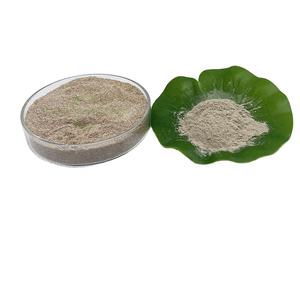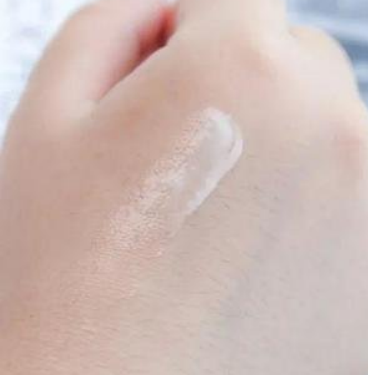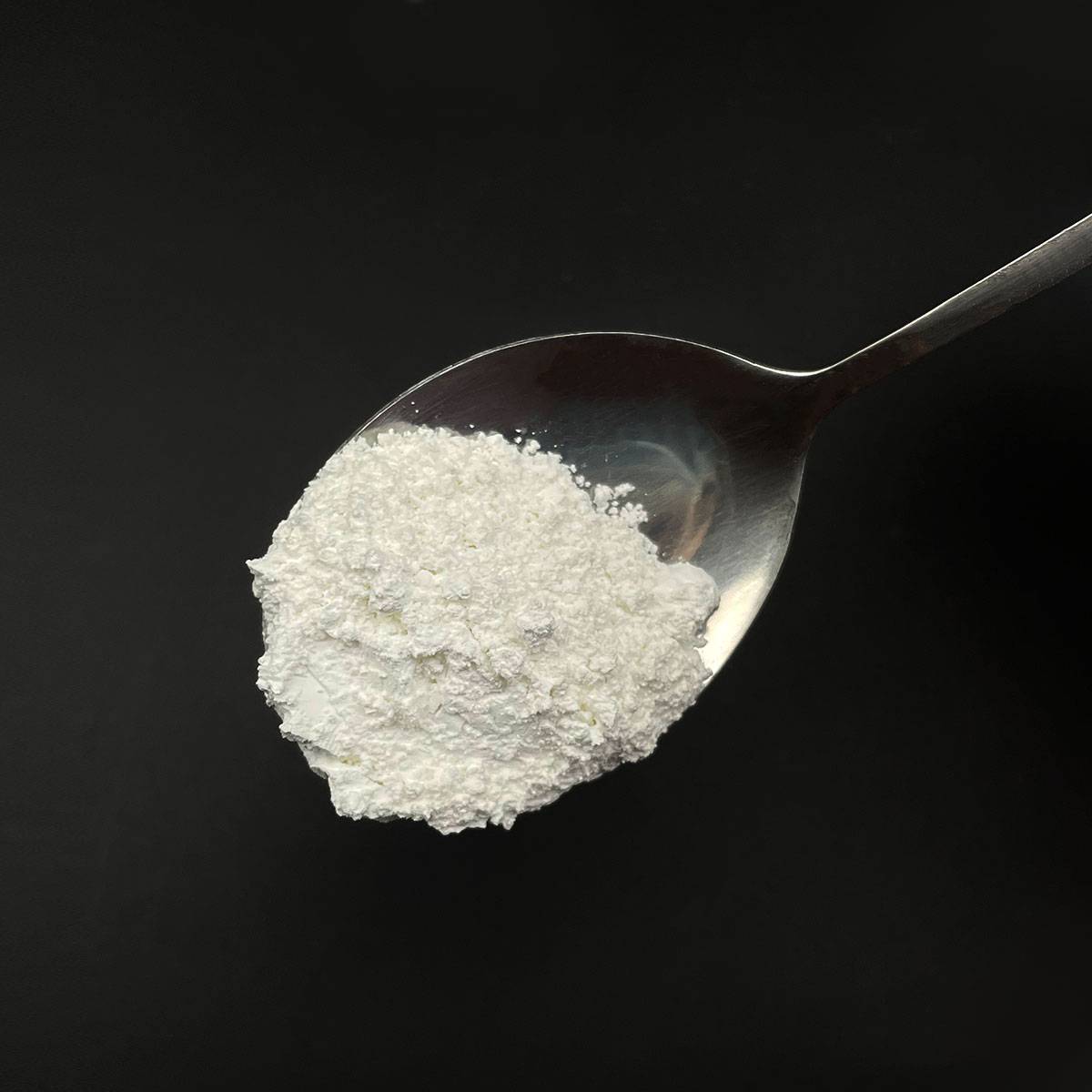1. Introduction
Ever lathered up with shampoo or scrubbed your hands with dish soap? Chances are, you’ve encountered sodium lauryl sulfate—often abbreviated as SLS or sls sodium lauryl sulfate. This powerful cleaning agent is one of the most common surfactants in personal care and household products.

But what exactly is sodium lauryl sulfate? And why does it show up in everything from toothpaste to weed killers? In this article, we’ll break down the chemistry, uses, safety, and alternatives to this ubiquitous ingredient—plus explore how it fits into the wider world of surfactants like sodium laureth sulfate, cocamidopropyl betaine, and bio surfactants.
2. What Is Sodium Lauryl Sulfate?
Sodium lauryl sulfate (SLS), also known as sodium dodecyl sulfate or na lauryl sulfate, is an anionic surfactant. The term ‘anionic’ means it carries a negative charge in water, which helps it bind to oils, grease, and dirt—lifting them away during rinsing.
Chemically, SLS is derived from lauryl alcohol (also called dodecyl alcohol) and sulfuric acid, followed by neutralization with sodium hydroxide. Its molecular structure gives it excellent foaming and cleansing properties, which is why it’s so popular in formulations.
You might also see it labeled as natrium lauryl sulfate (its Latin name) or simply lauryl sulfate. Despite slight naming differences—like sls sulfate or sls sodium—they all refer to the same compound.
3. The Meaning of Surfactant and How SLS Works
Before diving deeper, let’s clarify: what is a surfactant? Short for ‘surface-active agent,’ a surfactant reduces surface tension between liquids or between a liquid and a solid. This allows water to spread and wet surfaces more effectively—a key function in cleaning, emulsifying, and foaming.
SLS excels at this. When you wash your hair, SLS molecules surround oil and dirt (hydrophobic tails inward, hydrophilic heads outward), forming micelles that rinse away cleanly. This is the core mechanism behind most soaps and detergents.

Surfactants fall into four main categories: anionic (like SLS), cationic (positively charged, e.g., cetyl trimethyl ammonium bromide), non-ionic (no charge, like polysorbate 80 or span80), and amphoteric (can switch charge based on pH, such as cocamidopropyl betaine).
4. Common Uses of Sodium Lauryl Sulfate
SLS is incredibly versatile. You’ll find it in:
- Personal care products: shampoos, body washes, toothpastes, and facial cleansers
- Household cleaners: dish soaps, laundry detergents, and all-purpose sprays
- Industrial applications: as a wetting agent for herbicides and lawn care products (e.g., surfactant for weed killer or lawn wetting agent)
- Laboratory settings: used in SDS-PAGE for protein separation
In agriculture, SLS or similar surfactants like lignin sulfonate help herbicides stick to waxy plant leaves. That’s why you might add a surfactant non ionic or anionic type to your roundup mix.
5. SLS vs. Similar Surfactants
People often confuse SLS with sodium laureth sulfate (also called sodium lauryl ether sulfate or sodium lauryl ether sulphate). While both are anionic surfactants, they’re chemically distinct.

Sodium laureth sulfate (SLES) is ethoxylated—meaning ethylene oxide is added to lauryl alcohol before sulfation. This makes it milder than SLS, which is why SLES is more common in baby shampoos and sensitive-skin formulas. You might see it labeled as laureth sulphate or sulphate laureth sulfate.
Other related compounds include ammonium lauryl sulfate (ALS), ammonium dodecyl sulfate, and sodium dodecylbenzene sulfonate—each with slightly different solubility and foaming profiles.
6. Gentler Alternatives to SLS
Due to concerns about skin irritation, many brands now use milder surfactants. Popular alternatives include:
- Alkyl polyglucoside (e.g., decyl glucoside, coco glucoside): non-ionic, derived from coconut and sugar, very gentle
- Cocamidopropyl betaine (also called coco betaine or amidopropyl betaine): amphoteric, boosts foam and reduces irritation
- Sodium cocoyl isethionate and sodium lauroyl methyl isethionate: ultra-mild, often used in solid shampoo bars
- Sodium coco sulfate (sometimes called coco sodium sulfate): a less refined but still milder cousin of SLS
- Sodium cocoyl glutamate and sodium lauroyl sarcosinate: amino acid-based surfactants known for softness on skin
These ingredients are often labeled as ‘bio surfactants’ because they’re biodegradable and derived from renewable resources.
7. Safety and Misconceptions
Despite viral claims, SLS is not carcinogenic. Regulatory bodies like the FDA and EU Commission consider it safe at typical use levels. However, it can be drying or irritating for sensitive skin—especially in high concentrations.
It’s worth noting that irritation is dose- and formulation-dependent. When paired with amphoteric surfactants like cocamidopropyl or non-ionic ones like poloxamer 188 (Pluronic 127), SLS becomes significantly gentler.
Also, avoid confusing SLS with fluoro surfactants or copper 1 bromide—these are entirely different chemical classes with niche industrial uses.
8. Where to Buy and Industrial Suppliers
For formulators or DIY enthusiasts, sodium lauryl sulfate for sale is widely available from chemical suppliers. Companies like Rohit Surfactants Private Limited specialize in surfactant manufacturing for cosmetics, agrochemicals, and pharmaceuticals.
Whether you need SLS for a shampoo base or as a surfactant for herbicides, ensure you’re sourcing technical or cosmetic grade depending on your application.
9. Conclusion
Sodium lauryl sulfate remains a workhorse surfactant thanks to its effectiveness, low cost, and versatility. While it’s not inherently dangerous, milder alternatives like alkyl polyglucosides, coco betaine, and sodium cocoyl isethionate offer excellent performance with less irritation.
Understanding the surfactant landscape—anionic, cationic, non-ionic, and amphoteric—empowers consumers and formulators alike to make informed choices. Whether you’re mixing a weed killer or choosing a sulfate-free shampoo, knowing your surfactants makes all the difference.
Our Website founded on October 17, 2012, is a high-tech enterprise committed to the research and development, production, processing, sales and technical services of ceramic relative materials such as Sodium. Our products includes but not limited to Boron Carbide Ceramic Products, Boron Nitride Ceramic Products, Silicon Carbide Ceramic Products, Silicon Nitride Ceramic Products, Zirconium Dioxide Ceramic Products, etc. If you are interested, please feel free to contact us.


